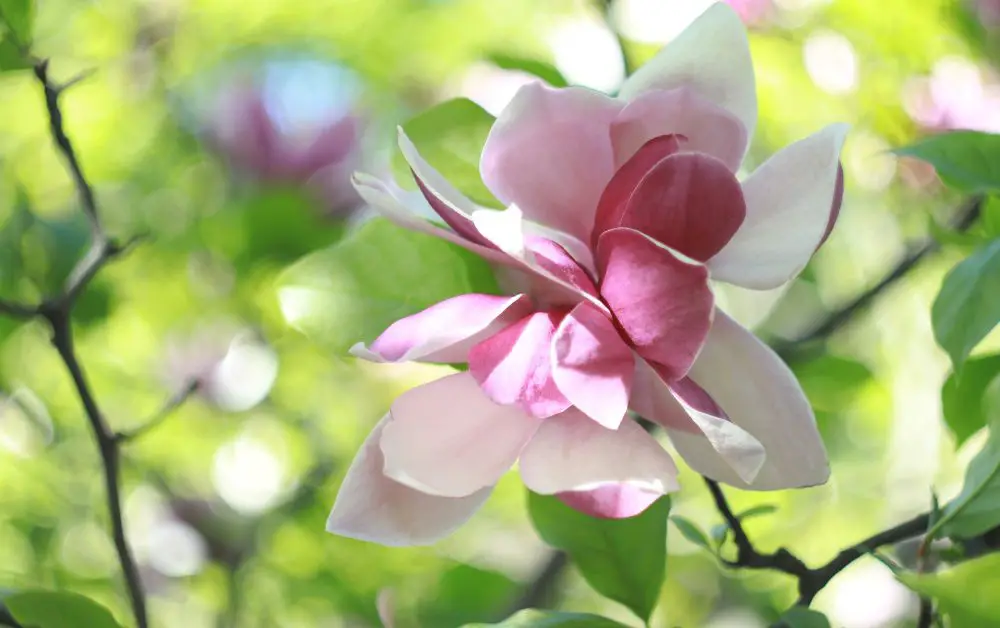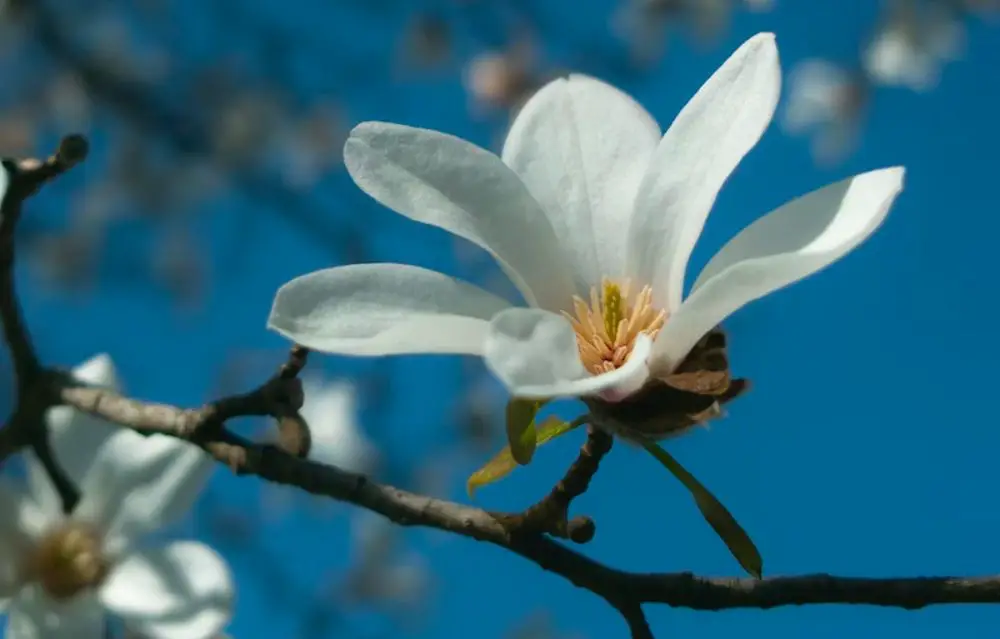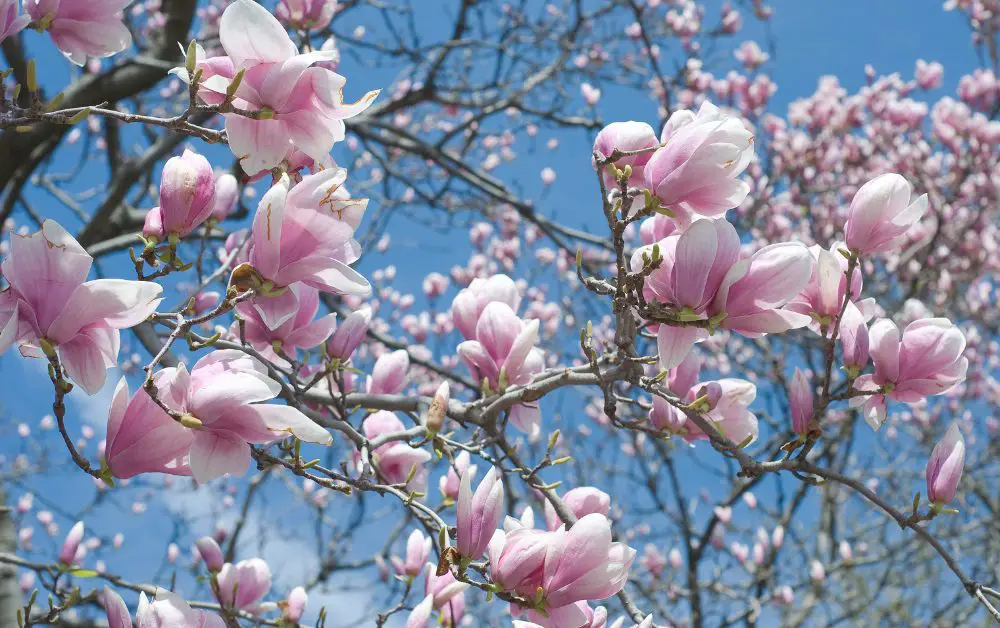Magnolia trees are famous and greatly appreciated for their enchanting blossoms, which make them incredibly sought after by gardening enthusiasts who want to bring an element of gracefulness to their areas.
Cultivating and tending to magnolia trees can be quite a task and in full transparency, it’s important to have a grasp of the requirements of each individual tree.
The growth and overall health of magnolias can be quite a few things, such as the type of magnolia and frankly its geographical location and the quality of the soil in which it is planted. However, with knowledge and nurturing, magnolia trees can. Bring years of beauty to any garden.
Everything You Need to Know About Growing Magnolia Trees
In this guidebook, we will explore the types of magnolia trees and their care requirements and provide advice on maintaining their strength and vibrancy. Whether you have gardening experience or are just beginning your journey, in horticulture this guide will equip you with the knowledge needed for the cultivation and maintenance of these exquisite trees.
Planting Magnolias
Planting and nurturing magnolia trees is indeed a process, one that combines the thrill of anticipation with the joy of witnessing nature’s wonders unfold. Selecting the perfect spot and meticulously preparing the planting hole are essential initial steps in this journey.
As nature awakens during early spring, it’s the opportune time to introduce your magnolia to its new home, as the soil begins to warm, granting the tree a growing season to firmly establish its roots and grace you with its blossoms.
Selecting the Right Species
Magnolia trees come in various species, each with its own unique features. Some are deciduous, while others are evergreen. Before planting, consider your local climate and the specific conditions of your garden. Research the different species to choose the one that’s best suited to your region.
Ideal Planting Time
Magnolias prefer to be planted during late winter or early spring, just before new growth begins. This timing allows the tree to establish its roots before the growing season kicks in. When you plant your magnolia, ensure it receives ample sunlight, ideally at least six hours of direct sun every day.
Soil Preparation
Well-drained soil is crucial for the health of your magnolia tree. Prior to planting, mix in organic matter like compost or well-rotted manure to enrich the soil. This will provide the necessary nutrients for your tree to thrive.
The Ideal Location
When deliberating on the ideal location for your magnolia, consider a sheltered spot that shields it from harsh winds and the unpredictable clutches of late frosts. Magnolias have their own preferences, thriving in well-drained soil rich in organic matter.
To create the best conditions, it’s wise to enrich your chosen spot by mixing in nutrient-rich compost or well-rotted manure, ensuring your magnolia starts its journey on solid ground, ready to flourish and captivate your landscape.
The Planting Hole
The size of the planting hole should be twice as wide as the root ball but shouldn’t be deeper than it. Make sure that the top of the root ball is level with the surrounding soil and position the tree at the depth it was in when you bought it.
Once you have placed the tree in its hole, fill it up with soil. Gently firm it down to get rid of any air pockets. After planting give your tree a watering to help settle the soil around its roots. To provide care for your magnolia, consider mulching around its base using materials like bark chips or leaf mould. This will help retain moisture in the soil and keep weeds under control.
Caring for Magnolia Trees
Once well rooted, magnolias can be easy care trees. However, during the first few years of growth, proper care should be rendered for healthy development and abundant flowering. Care practice includes watering, soil care, fertilisation, pruning, mulching, protecting against pests and diseases, sunlight exposure, and fragrance consideration.
Water pH Level
Regular water to maintain moist but well-drained soil is especially necessary for young trees. Keep them well-watered in dry spells. Slightly acidic fertile soil enriched with organic matter has an appropriate pH (5.0 to 6.0) for these trees, along with a dose of slow-release fertiliser applied early each spring.
Pruning and Mulching
Pruning your magnolia in late winter or early spring, just before the new growth sprouts, promotes healthy growth and better blossoms. When mulching around the tree’s base, be mindful not to mound it against the trunk, as this aids in moisture retention and weed control.
Watering
Avoid overwatering to prevent issues like the dreaded magnolia scale infestation and fend off fungal diseases. Ensure your magnolia resides in a sunny or partially shaded spot, basking in at least six hours of direct sunlight daily. If you’re growing them in containers, be prepared to provide more regular watering and nourishment to keep them thriving.
Last but not least, do consider the fragrance factor while planning a proper landscape setting. As per your climate and soil conditions, you can cite your magnolia as a specimen tree, mix it in borders edge hedges or create screens in your garden.
These small trees for your garden come in sizes ranging from shrubs to towering specimens and include both evergreen and deciduous varieties.
Conclusion
In summary, our exploration of the captivating world of magnolia trees underscores that caring for these majestic specimens can be an exceptionally gratifying endeavour. With the proper knowledge, a commitment to nurturing, and a healthy dose of patience, you’ll discover that these trees, adorned with their stunning blossoms and enduring elegance, become cherished treasures in your landscape.
With each changing season, they craft their distinct narratives, etching an indelible presence in your surroundings, serving as a testament to your unwavering devotion to the wonders of the natural world.
Our journey has illuminated that magnolia trees are more than just ordinary plants; they are storytellers entwined with the tapestry of time and nature. Witnessing their growth and blossoming is akin to observing a captivating narrative unfolding in the heart of your own backyard. While their longevity and the consistent care they require may seem challenging at times, the rewards they offer are beyond measure.



